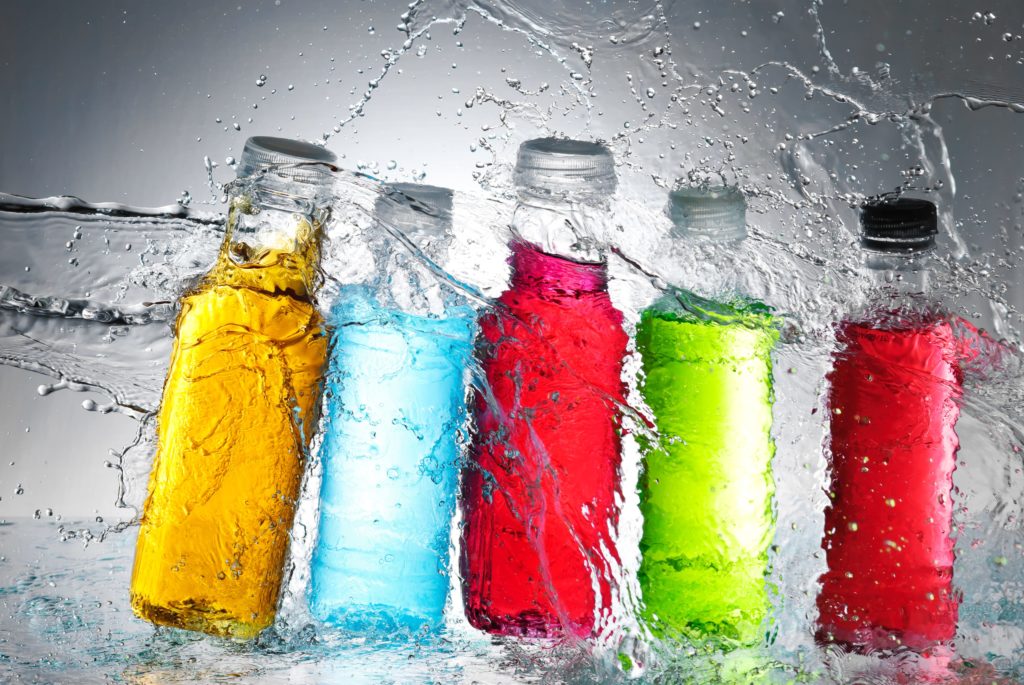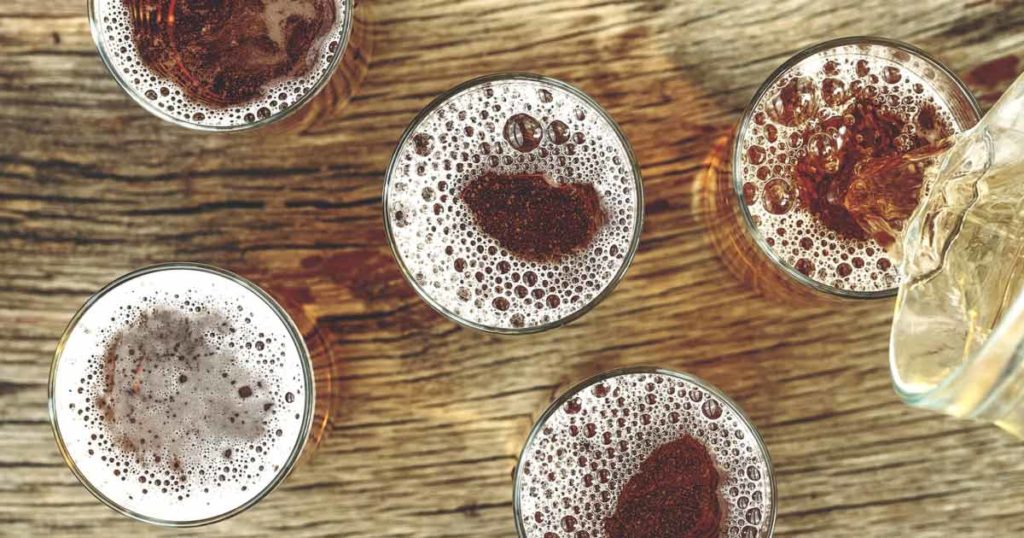Drug cravings in abstinent teen marijuana users are linked to reductions in the size of a brain area responsible for regulating emotional responses, according to recent findings from a group of American researchers. Strong cravings for continuing substance use are a diagnosable symptom of cannabis use disorder (cannabis abuse and/or cannabis addiction) and all other forms of substance use disorder. In a study published in March 2015 in The American Journal of Drug and Alcohol Abuse, researchers from five U.S. institutions measured the craving levels in teen marijuana consumers who had halted their intake of the drug. These researchers also used changes in the size of an emotion-regulating brain structure called the amygdala to help predict the intensity of the marijuana cravings in any abstinent adolescent consumer.
Teenagers and Cannabis Use Disorder
There is an increasingly common perception in the U.S. population that marijuana/cannabis consumption is an essentially harmless activity that poses little short- or long-term risk. However, this perception is sharply at odds with the picture provided by modern scientific research. Prominent among marijuana/cannabis-related risks is the chance of developing cannabis use disorder, a diagnosable mental health condition recognized and officially defined by the American Psychiatric Association. Seventeen percent of all adolescents who regularly consume even small amounts of marijuana will eventually develop this condition, the National Institute on Drug Abuse notes. In teenagers and adults who qualify as habitual marijuana users by consuming the drug on most days, the rate of cannabis use disorder spikes to at least 25 percent and may rise to fully 50 percent.
Drug Cravings
A craving is a strong or compelling urge to engage in a particular activity (typically an activity that currently produces pleasure or produced pleasure in the past). When cravings for substance use occur repeatedly over time, doctors can use their presence as one of the minimum two symptoms required to make a diagnosis of cannabis use disorder or any other form of substance abuse disorder. Drug cravings are heavily associated with conscious and unconscious drug cues that increase the urge to consume any given substance. In a person currently engaged in drug or alcohol consumption, cues and cravings can steeply increase the chances that substance consumption will continue. In an individual recovering from marijuana abuse, cues and cravings are key motivators for the onset of a relapse and a return to substance intake.
Emotions and the Amygdala
The amygdala is the singular name for a matched pair of structures found in the brain’s left and right hemispheres. When you experience strong emotions, these structures play a crucial role by helping you put those emotions in context and process them without placing your mental or physical well-being in jeopardy. The amygdala also helps you transition appropriately between different emotional states, decide how to react to your emotions and learn from previous emotional experiences.
Marijuana Cravings in Abstinent Teenagers
In the study published in The American Journal of Drug and Alcohol Abuse, researchers from two branches of the U.S. Department of Veterans Affairs Healthcare System, the University of Cincinnati, the University of Wisconsin-Milwaukee and Harvard-affiliated McLean Hospital used information gathered from 22 teenagers to help determine how marijuana cravings affect adolescent users who stop consuming the drug and develop a pattern of abstinence. These teens were drawn from the participant pool of a larger project designed to explore the impact of various forms of substance use on the adolescent brain. All of the 22 study enrollees maintained abstinence from marijuana use for 28 days. Twice weekly during this period of time, the researchers used screening tools to measure the self-perceived level of drug craving in each individual. Each individual also underwent brain scans that focused on the size of the amygdala. The researchers recorded varying levels of marijuana craving and teen drug abuse in the study participants. They concluded that the most intense cravings occurred in those teenagers with an unusually small amygdala in the right and left brain hemispheres. However, the researchers also concluded that certain other issues associated with a withdrawal from marijuana consumption—including sleep disruption, dysfunctional mood alteration and complaints of physical symptoms—did not vary according to size differences in the amygdala. The study’s authors note that their findings regarding the connection between amygdala size and the intensity of drug cravings in abstinent teen marijuana users are consistent with previous findings for adults addicted to cocaine or alcohol. However, they did not determine whether the amygdala changes they observed appeared before or after the study participants began using marijuana.






